![]() The information provided by our expert should not constitute a diagnosis of your condition. Always consult a medical practitioner or healthcare provider for a formal diagnosis. By making use of this content, you agree that ConceiveEasy and the expert assume no liability.
The information provided by our expert should not constitute a diagnosis of your condition. Always consult a medical practitioner or healthcare provider for a formal diagnosis. By making use of this content, you agree that ConceiveEasy and the expert assume no liability.
The average menstrual cycle is 28-32 days. Some months that will vary due to either illness, stress, dietary changes, weight loss or weight gain as anything environmental can affect a woman’s cycle. Sometimes she can skip a month, it can happen. Claim Your 20 Free Ovulation Tests – Click Here
However, some women do not have regular cycles or may have periods every few months instead of every month. There may be a condition that many women that have that can cause them to have irregular cycles called polycystic ovarian syndrome (PCOS).
However, if a woman has irregular cycles and she wants to conceive, then she will have to start looking for ways to ovulate 8-12 months before she wants to actively try to conceive.
In other words, she will have do the work well in advance before she realistically is serious about getting pregnant.

The first thing a woman needs to do is get to know her cycles, and how long they roughly are. She needs to for the first few months while starting the calculating process to mark each date that she gets her period and note that as Day 1.
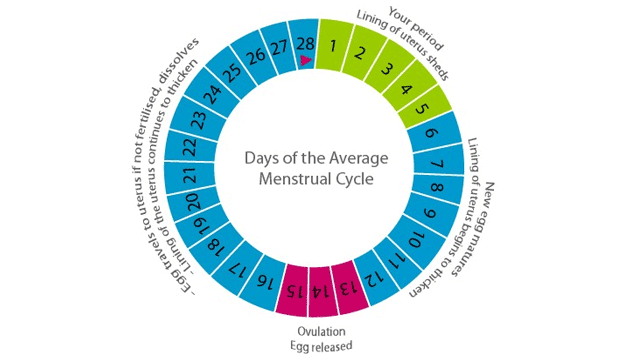
Then every woman needs to understand how the cycle works, whether it’s an irregular one or a typical cycle that runs from 28-32 days.

Here is what happens in a typical 28 day cycle:
As noted previously, Day 1 is the the first day that you get your period, and the beginning of the new cycle.
By Day 7, the follicle starts to grow, therefore, the egg is maturing.
By Day 11, the egg is very close to being released.
Between Day 13-16 is when the egg is mature enough and is released by the ovary. Therefore, that is when ovulation happens.
The egg at that time travels through the fallopian tube and heads towards the uterus, waiting for fertilization from the sperm. The egg is only good for 12-24 hours for fertilization to happen.
If the egg is fertilized by the sperm during that short window, the fertilized egg, now called a blastocyst will attach to the uterine lining (which is the material that is shed during menstruation if pregnancy doesn’t happen), and it will grow. Therefore, a period will not be expected.
Later on if fertilization does not occur, the egg begins to disintegrate. Therefore, at Day 28, the progesterone and other hormonal levels drop, that causes the uterine lining to shed, and that causes menstruation. That is only the example of what is expected to happen within a typical 28-day cycle.
It’s very important to understand that the first part of the menstrual cycle which is the time before ovulation is different in every woman. And that part of the cycle can change from month to month. Therefore, the number of days before ovulation usually ranges from 13 to 20 days.
The second half of the cycle is usually more similar for each woman and for each month because there are about 12-16 days from the day of ovulation until the beginning of the next cycle. That second part of the cycle is called the luteal phase when the luteinizing hormone and progesterone levels are up. Again when it drops, that causes the period.
Therefore, since it is now known what happens during a typical 28-day cycle and it is understood that the timing can vary among women, especially those who have irregular cycles, then the woman with irregular cycles needs to keep tracking her periods for several more months.
If enough cycles have been tracked at a certain point then this is how a woman will know when she is most fertile.

If a woman has an irregular cycle, then she needs to look at the dates of her previous cycles, then to pick the longest and shortest cycles that she recorded. This method of charting cycles is called the calendar method.
The next step is that she needs to know what her first day of her fertility window falls. By doing this, she needs to find her shortest cycle, and subtract 18 days from the length of that cycle. If her shortest cycle was 26 days, then she needs to subtract 18 from 26 which leaves 8. Therefore the first day of her fertility window started on Day 8.
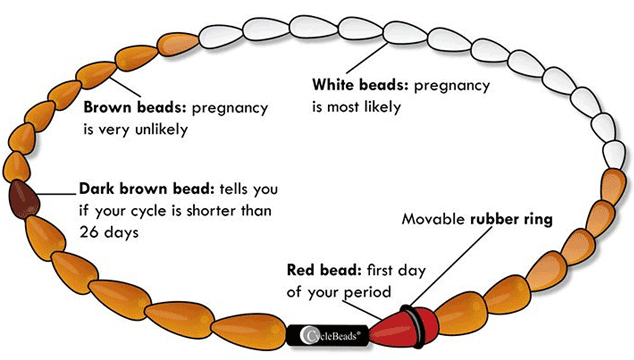
The next step is to find the longest cycle that she had logged, which may be 32 days. What she needs to do is find the last fertile day by subtracting 11 from the length of a cycle that was the longest logged. So therefore, she needs to subtract 11 from 32 which leaves 21. Therefore, the last day she is likely fertile on a long cycle is on Day 21.
Therefore, by doing this, this woman with irregular cycles have the knowledge that her fertility window starts anywhere between Day 8 and goes until Day 21. Because ovulation is expected to happen during this window and if she is lucky, pregnancy will likely occur if intercourse happens during that 12-24 hour window ovulation happens. Or she may conceive if intercourse happened before that since sperm can last approximately 5 days in the reproductive tract.
However, relying on this method alone may not necessarily be helpful. There could be some months that a period could come on due to hormonal changes while ovulation still did not happen. This can happen when it comes to many women who have irregular cycles.
Using the calendar method is helpful, but even more so if ovulation charting is done through other methods in conjunction with this way.

When it comes to tracking ovulation in cycles that are not regular, you will know for certain that you are ovulating during a certain month if you take your body basal temperature each morning. The kind of thermometer that is used to take this temperature is not the kind that you use to check for a fever. The kind of temperature is different from that, and it cannot be detected by any other kind of thermometer.
You have to buy a thermometer that specifically measures body basal temperatures at stores such as Walgreens, or any other drug store. The way you use it is before you get out of bed and make much other movement, take your temperature first thing after waking up. Be sure to note the temperature. If there is a rise indicated, then that means ovulation is happening, and the rise is very small- less than 1 degree Fahrenheit.
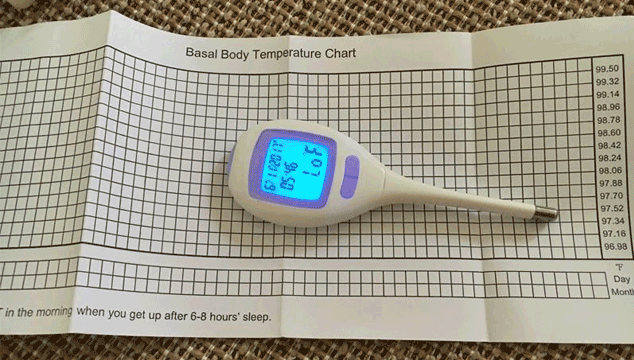
However, if you get your period 11-14 days after the rise, then that shows that you did indeed ovulate during that cycle.

Another method you can use to chart ovulation and get to know your cycles is by examining the cervical mucus texture through the month. Cervical mucus during the first few days after your period ends will be scant and dry. However, as the cycle progresses, the wetter it gets and it may have a creamy appearance. The closer you are to ovulation however it becomes more abundant, slippery, clear and stretchy. It have the same texture and appearance as egg whites.
So if you are noticing that your cervical mucus looks like egg whites on for instance around Day 10 of your current cycle, then you should have a good idea that ovulation is near.
However, this approach may not necessarily be accurate if you suspect you have a vaginal or urinary tract infection because the mucous may appear to be abundant- however in a case of any infection there will be an odor to it. Normal cervical mucus is usually odorless.

Many women around the time of ovulation have abdominal discomfort, which is also called Mittelschmerz. There can be other factors that can cause this dull ache in the abdominal area. A pulled muscle or a bruise from something unknown (maybe you banged into the wall one time in that area and now you are feeling it) can be examples. However, if there are other signs that ovulation is on its way, then there is a high chance that this kind of ache happening during that time is the ovaries getting ready to release an egg.

Ovulation predictor kits measure the presence of luteinizing hormone (LH) in your urine. The LH is detected from 24-48 hours before ovulation happens. However, there are some things to keep in mind if using this method to track fertility windows in irregular cycles.
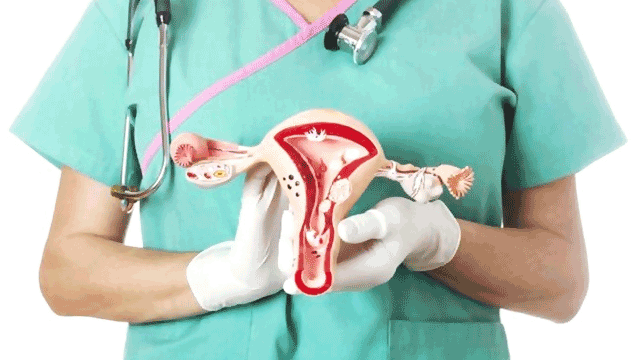
Because you don’t know when you are ovulating even if you have an idea of when to start looking, you will have to use more sticks which can be more costly. Secondly if you have PCOS which is a common cause of irregular cycles, false LH surges are detected by these kits. Therefore, you will think that ovulation is happening soon even that may not be the case.
Sometimes women have irregular cycles because that is just how their cycles are, and there may not be a cause for concern in this case. However, the majority of time women who have irregular cycles have polycystic ovarian syndrome (PCOS), and therefore that will get in the way of fertility.

Women who have PCOS have higher than normal amount of testosterone levels than the average woman (yes all women have testosterone, and all men have estrogen). However, if a woman has high levels of testosterone, then that will certainly cause fertility issues for her.
Irregular cycles is one symptom of PCOS, when ovulation does not happen every month or happens on an erratic basis. Also women who have this condition usually are overweight, have facial hair (even a few strands on the chin can be a sign if the woman is young), thinning hair, and hair on arms, fingers and toes.
Some women have the condition so severe that nothing helps them ovulate, however for most women who have PCOS, the help of fertility drugs can help regulate ovulation, hence increase the odds of achieving pregnancy like a woman who doesn’t have the condition.
A problem is usually detected if a woman who has irregular cycles charted her previous ones for months, and never found a rise while taking her body basal temperature or saw any real noticeable changes in texture of cervical mucus. Therefore, that is a good indicator that she isn’t ovulating at all!

In a case of anovulation, a doctor will make the referral for the patient to start seeing a fertility specialist and she will likely be prescribed a drug called Clomid, which is also known as Serophene or known by its actual name, clomiphene citrate.
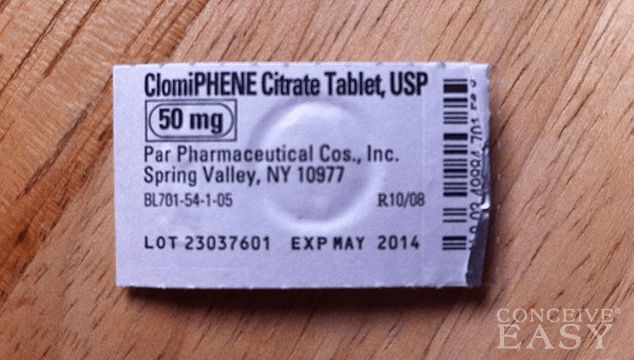
Clomid reduces the amount of estrogen in a woman’s body which tricks the brain by sending out hormones to trigger ovulation, and if the dosage of the drug is correct for the patient, proper ovulation will happen. Therefore, within 6 months of a woman on Clomid who monitors ovulation correctly (or the fertility clinic will monitor when she is ovulating by ultrasound and bloodwork) will conceive.

That all said, if you are a woman who has irregular cycles most of the time, don’t panic. That does not mean that pregnancy won’t ever be in the cards for you! However the reality is that you have to start charting your cycles as long as a year prior to when you really are serious about when you want to conceive. Women with regular cycles do not need to chart their cycles beyond several months before they want to get pregnant because it will be easier for them to pinpoint the time of ovulation.


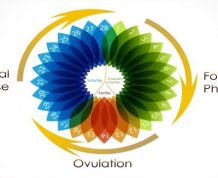

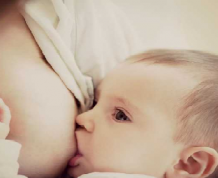





Comments